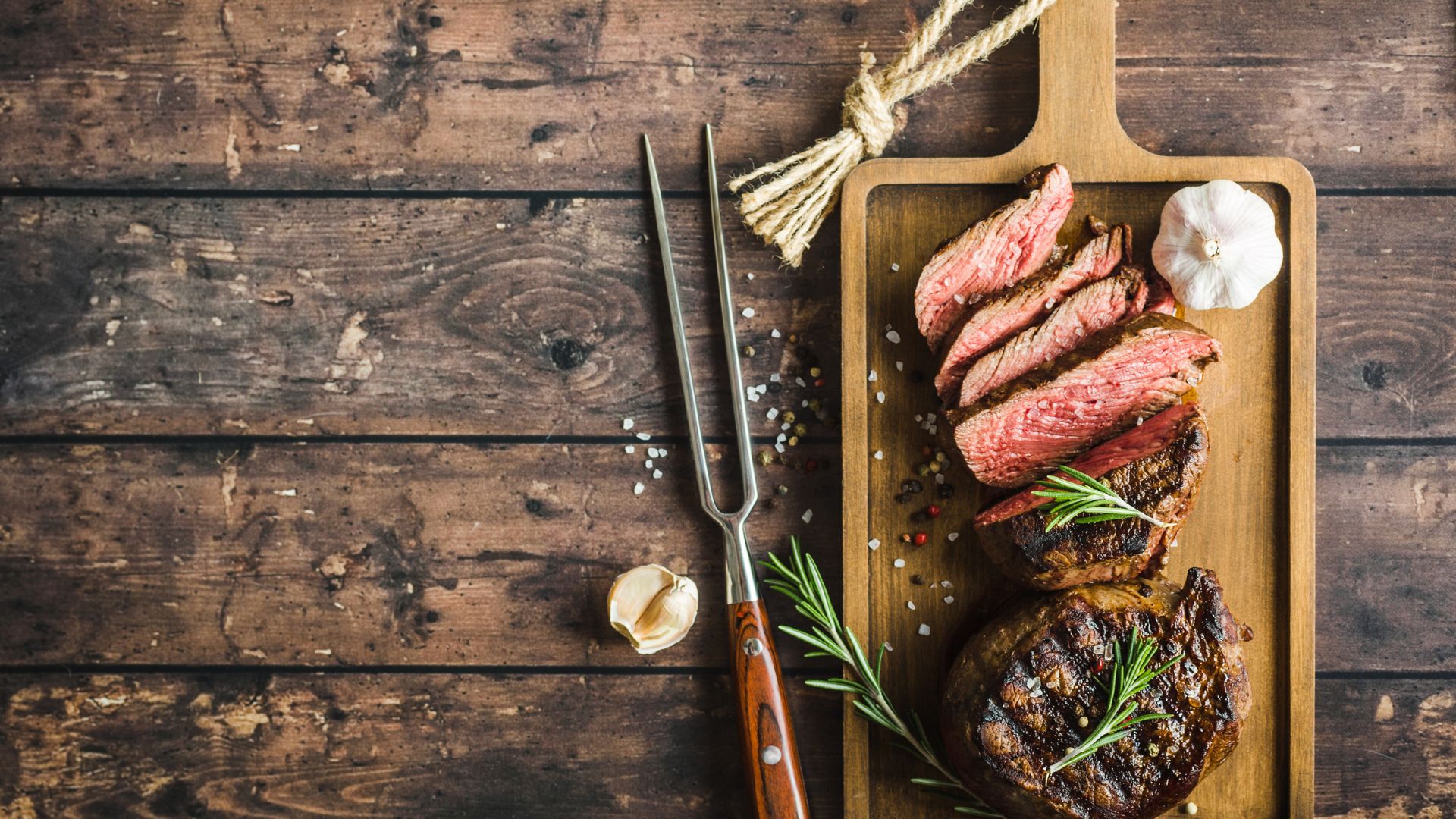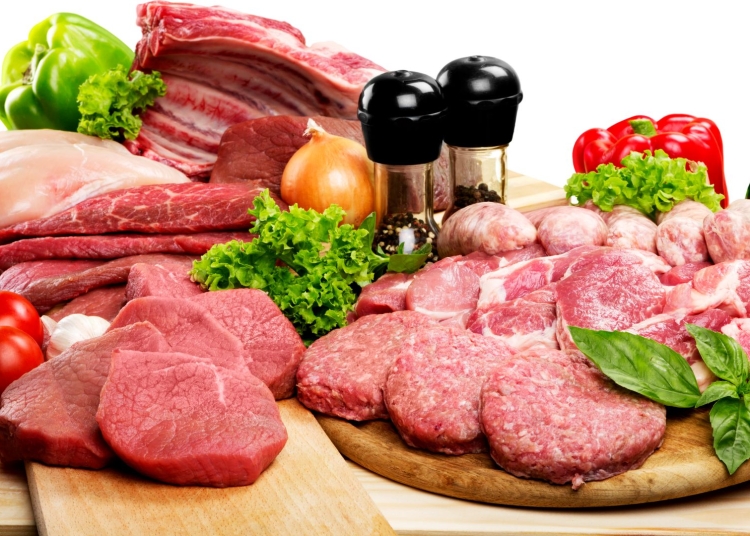Meat is a crucial source of protein in addition to containing significant amounts of the nutrients required to maintain optimum health, such as vitamin B-complex, iron, phosphorus, and Omega-3 fatty acids. It’s crucial to select the right kind of meat if you want to reap the full nutritional benefits of it.
Meat and poultry are great sources of protein. Other minerals including iodine, iron, zinc, vitamins (especially B12), and essential fatty acids are also provided to your body by them. Consequently, it is a good idea to include meat and poultry in your diet on a weekly basis.
Here are some important considerations to keep in mind while buying raw meat from the market if this has you perplexed.
1. Check the odour
Even though it doesn’t usually have a fragrance, poultry flesh occasionally does. Check for any unpleasant or strong odours. Using your senses of touch, smell, and sight is essential when buying meat online and poultry. Always check that the meat is firm to the touch and look for rips, holes, or extra moisture in the packaging. It should also have no smell and feel cold to the touch.
2. Ideally without skin
The saturated fats in the meat’s skin are high in calories and may increase your risk of cardiovascular disease. As a result, it is typically recommended to only eat skinned meat.
3. Consider the colour you should select
The colour of the meat says a lot about how fresh it is. Poultry meat must be light pink or white in colour. Make that the meat is not greenish in colour or has surface damage. Red meat must appear to be an intense shade of red.
4. Verify the standards for food safety
Checking the standards for food safety is the most crucial action to take. The Food Safety and Standards Authority of India should label meat when it is packaged (FSSAI).

5. Check the texture
For poultry, firmness and easily visible muscle fibers are necessary. Your fingertips should not be sticky when you contact the meat; they should be dry. Slime shouldn’t be present. The flesh shouldn’t appear watery or transparent when cut.
6. The relevance of the source
Knowing where the meat came from and how it was reared is essential for judging its quality. It is advised to check the area, or at the very least, know where the meat was raised. By examining the “cut,” you may tell what part of the animal the meat you buy is from. A few cuts of back-end meat that are regarded as being of good quality are the rump, ribs, and tenderloin. The reason why meat from an animal’s back is more expensive than other types of meat is due to the higher demand for it.
Conclusion
Fresh meat should therefore be vivid red in colour; the redder the meat, the fresher it is. The meat has been exposed to air for at least 30 minutes if it is turning reddish-brown.
























